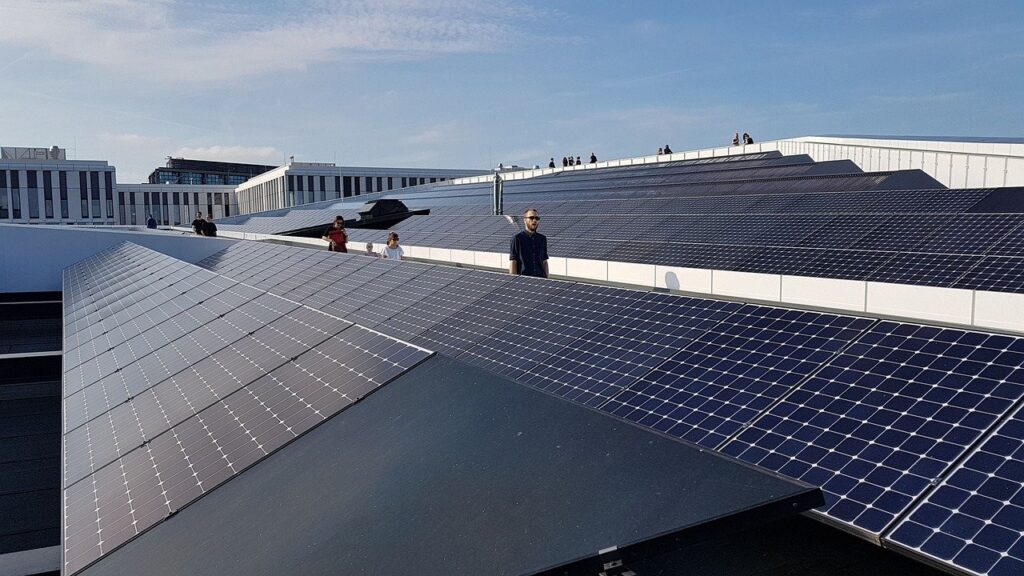Solar photovoltaic (PV) power generation relies on semiconductor materials to convert sunlight into electricity. Two common types of semiconductors used in solar cells are P-type and N-type semiconductors. These semiconductors are crucial components of the PV module, and they work together to create an electric field that facilitates the conversion of sunlight into electricity.
P-Type Semiconductors
P-type semiconductors are materials that have been doped with elements that create a positive charge carrier, called “holes.” The most common dopants used in P-type silicon solar cells are boron or gallium. When the sunlight hits the P-type semiconductor, it excites the atoms and creates electron-hole pairs. The holes move towards the N-type region, while the electrons move towards the P-type region.
N-Type Semiconductors
N-type semiconductors are materials that have been doped with elements that introduce negative charge carriers, called “electrons.” Phosphorous is commonly used as a dopant in N-type silicon solar cells. When sunlight strikes the N-type semiconductor, it creates electron-hole pairs, with electrons moving towards the N-type region and holes moving towards the P-type region.
The P-N Junction:
The boundary between the P-type and N-type regions in a solar cell is known as the P-N junction. It’s a crucial component of the solar cell that allows for the separation and flow of the charge carriers. At the P-N junction, the holes from the P-type and electrons from the N-type regions combine, creating an electric field. This electric field helps to separate the charge carriers and prevent them from recombining. As a result, a voltage difference is established, and electricity is generated when an external circuit is connected to the solar cell.
Advantages of P-type and N-type Silicon
P-type silicon typically has better electronic properties, which can result in higher efficiency solar cells.
N-type silicon has better resistance to light-induced degradation (LID) and potential-induced degradation (PID), which can lead to better long-term performance and reliability.
N-type silicon can have a higher tolerance to impurities, which makes it more suitable for certain manufacturing processes.
In recent years, the solar industry has seen an increasing shift towards using N-type silicon solar cells due to their improved performance and reliability. However, both P-type and N-type technologies continue to be important players in the solar PV market.


